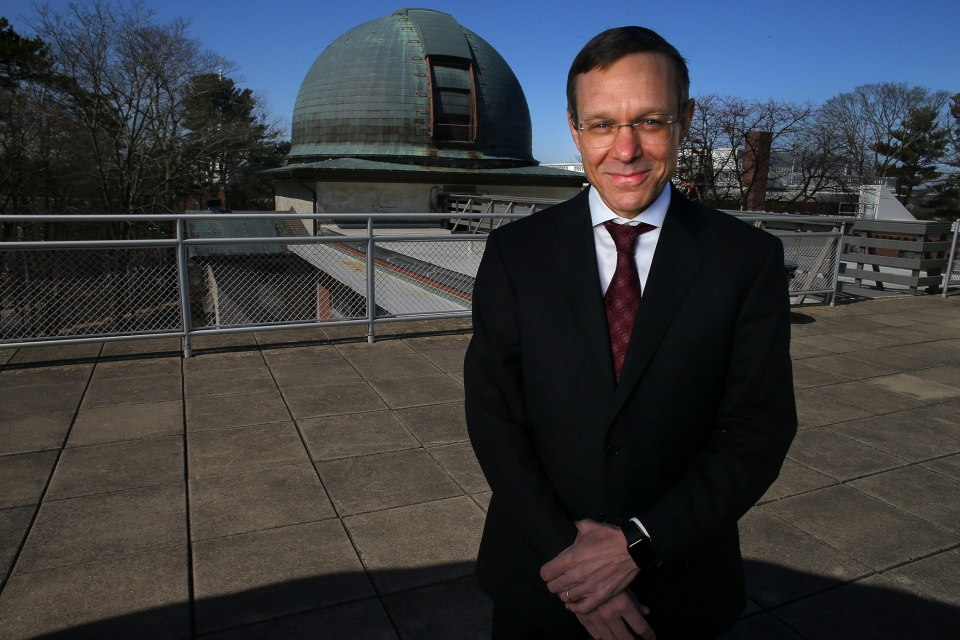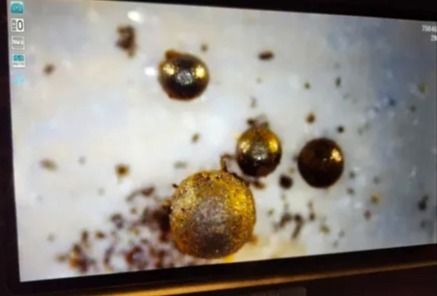Harvard astronomer and famous “UFO hunter” Avi Loeb recently stated that tiny balls in the ocean hinted at the existence of the interstellar object CNEOS 20140108, which crashed in the Pacific Ocean back in 2014. Then the fireball exploded and broke into pieces at an altitude of 20 km. A leading scientist has previously described this finding as “revolutionary.”

According to the astronomer, this event is proof of the existence of an extraterrestrial civilization, because the debris was stronger than 272 other space rocks that were previously catalogued by NASA. In addition, the object moved faster than 95% of other space rocks, and exploded significantly lower in the atmosphere than most meteors. All these “proofs” increase the probability that it could be a spacecraft.
Loeb is confident that these findings can help answer the main question – whether people are alone in the Universe. Loeb’s theory has attracted a lot of media attention lately. But not everyone agrees with his theory.
Criticism of the alien theory
Last week, Monica Grady, a professor of planetary science at The Open University, criticized Loeb’s claim in an article for The Conversation, claiming that he was making ” a very big scientific progress from observing a fireball to claiming that it was an alien spacecraft”.
Grady claimed that the tiny metal balls that Loeb and his team caught from the ocean were most likely “terrestrial pollutants”, and not proof that an interstellar civilization came to us nine years ago.
Loeb, who has long made a name for himself by funding UFO research, is combing the floor of the Pacific Ocean using radar in search of debris from a meteor named IM1, which is suspected to have come from interstellar space. But the search has not been successful yet.

In his personal blog last month, Loeb claimed that the metal spheres found could represent the technology of an alien civilization, no matter how far-fetched it might sound.
But Grady was not satisfied with this theory. She explains that there is nothing in the spheres that hints at aliens. This material mainly consists of tiny diamonds or sapphires released into the interstellar medium by evolving and exploding stars, which were eventually brought to Earth along with meteorites.
Loeb claims that nickel is present in the composition of the spheres, which hints at their interstellar origin. But Grady explained this content by the fact that the spheres were contaminated with nickel already on Earth.
“The most convincing proof would be to determine the age of these spheres, which would be older than the age of the Sun – this would really allow them to be considered as interstellar objects. But this would not necessarily mean that they are of artificial rather than natural origin,” explains Grady.
UFOs have a rational explanation
Previously, the debate about UFOs and extraterrestrial life was limited to the sidelines of political debates in Washington, DC. But now they have risen to the political agenda, and they are associated with national security. Recently, a team of independent experts from NASA conducted an analysis of UFO observations, and found out that 90% of objects had a rational explanation, but 10% remained unclear, mainly due to insufficient data.
Earlier we reported on how the NASA warning system predicted the fall of an asteroid to Earth.
Follow us on Twitter to get the most interesting space news in time
https://twitter.com/ust_magazine

